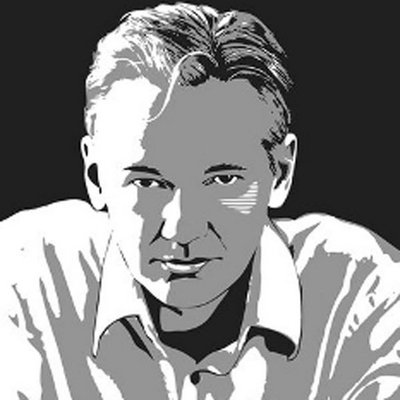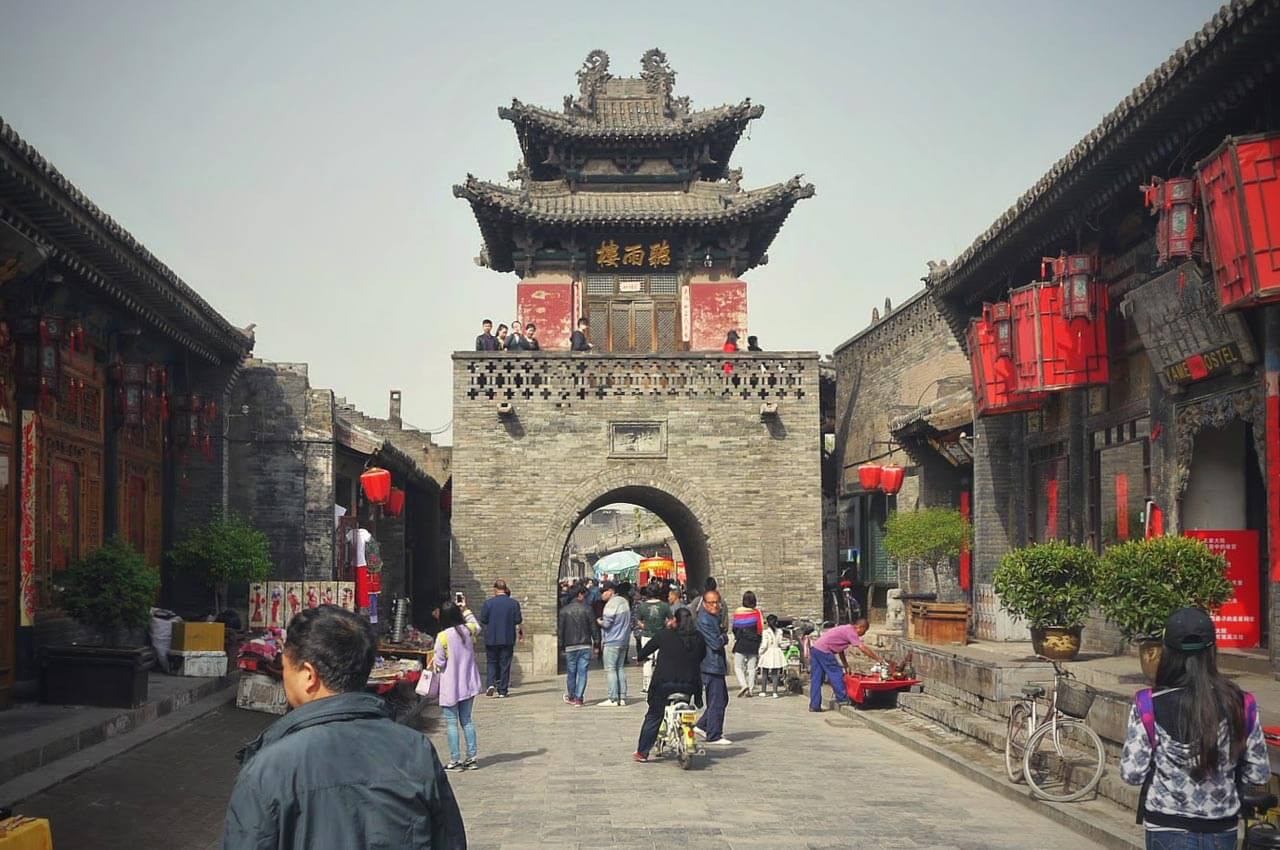Julian Assange, the controversial founder of WikiLeaks, once again became the centre of global attention last week. In a dramatic turn of events, Assange managed to strike a deal with U.S. authorities, allowing him to walk free after pleading guilty to violating U.S. espionage laws. This development marks a significant milestone in a saga filled with legal battles, asylum-seeking, and high-stakes drama.
The 50-year-old Editor-Publisher-Activist Assange’s troubles originally began in 2010 when WikiLeaks published a massive trove of classified U.S. documents. These leaks, which included military reports from the wars in Iraq and Afghanistan and sensitive diplomatic cables, allegedly exposed incidents of war crimes and other critical information. The U.S. government accused Assange of jeopardising national security and putting lives at risk, leading to 18 criminal charges under the Espionage Act.
The relentless pursuit by the U.S. government might have painted Assange as a villain for some through their narrative. However, Assange defended his actions, claiming that the First Amendment protected his journalistic endeavours. In reports accessed by WION and Reuters documenting the court proceedings, Assange stated, “Working as a journalist, I encouraged my source to provide information that was said to be classified in order to publish that information. I believed the First Amendment protected that activity but I accept that it was … a violation of the espionage statute,” Assange told the court.
Following the publication of the leaked documents, Assange’s life turned into an international game of hide and seek. In November 2010, a Swedish court ordered his arrest over allegations of sexual misconduct—charges he vehemently denied. To avoid extradition to Sweden and potentially to the U.S., Assange sought refuge in the Ecuadorian embassy in London in June 2012. He remained there for seven years, turning the diplomatic mission into a fortress of defiance.
In April 2019, his asylum was abruptly revoked, and British authorities promptly arrested him for skipping bail. During his time in the embassy, the U.S. government was meticulously building its case, ultimately requesting his extradition from the UK to face espionage charges. For the past five years, Assange fought this extradition from a high-security prison in the UK, enduring conditions his supporters described as harsh and isolating.
Julian Assange plea deal and path to freedom
In a twist that could rival any courtroom drama, Assange agreed to a plea deal with U.S. prosecutors. He pleaded guilty to one count of conspiring to obtain and disclose classified U.S. national defence documents. This plea took place in the U.S. District Court for the Northern Mariana Islands, chosen for its proximity to Australia and to avoid the contentious mainland U.S. courts. Chief U.S. District Judge Ramona V. Manglona accepted his plea and sentenced him to time already served.
Assange’s release marks a significant moment in his decade-long saga. He is set to leave Saipan on a private jet, accompanied by Australia’s ambassadors to the U.S. and UK, to reunite with his family in Canberra.
Media frenzy and supporters’ reactions
The hearing in Saipan attracted global media attention, although cameras were not allowed inside the courtroom. Assange’s wife, Stella, expressed mixed emotions on social media, noting the sensory overload he must have felt after years of confinement. “I watch this and think how overloaded his senses must be, walking through the press scrum after years of sensory deprivation and the four walls of his high-security Belmarsh prison cell,” she posted.
Assange’s supporters view him as a hero who exposed U.S. wrongdoing and endured years of persecution for it. The Australian government has consistently advocated for his release, with Prime Minister Anthony Albanese emphasising the prolonged and deliberate efforts to secure his freedom.
The man, the myth, the controversy
Julian Assange’s story is nothing short of a thriller. From exposing classified information that threatened to bring the U.S. government to its knees to seeking asylum in an embassy for seven years, his life reads like a spy novel. Yet, it’s essential to recognise the implications of his actions. While some hail him as a beacon of transparency and a defender of press freedom, others see him as a reckless provocateur who jeopardised national security.
Assange’s release raises critical questions about the balance between national security and the public’s right to know. It challenges us to reflect on the role of journalists and whistleblowers in a democratic society. Assange’s case should serve as a flagbearer for journalism, highlighting the need to protect those who dare to expose the truth, even when it’s uncomfortable.
As Assange returns to Australia, the world watches closely. His case has sparked global debates on press freedom, government transparency, and the rights of whistleblowers. The implications of his actions and the responses they elicited will continue to shape the discourse around these critical issues.
Julian Assange’s journey from a secretive whistleblower to a public figure subjected to intense scrutiny and legal battles underscores the complexities of modern journalism. His case is a stark reminder of the thin line between exposing the truth and facing the wrath of powerful entities. As we move forward, it’s crucial to safeguard the principles of transparency and freedom of the press, ensuring that the next Assange isn’t persecuted but protected in their quest for truth.
Read more: Tajikistan bans hijabs




